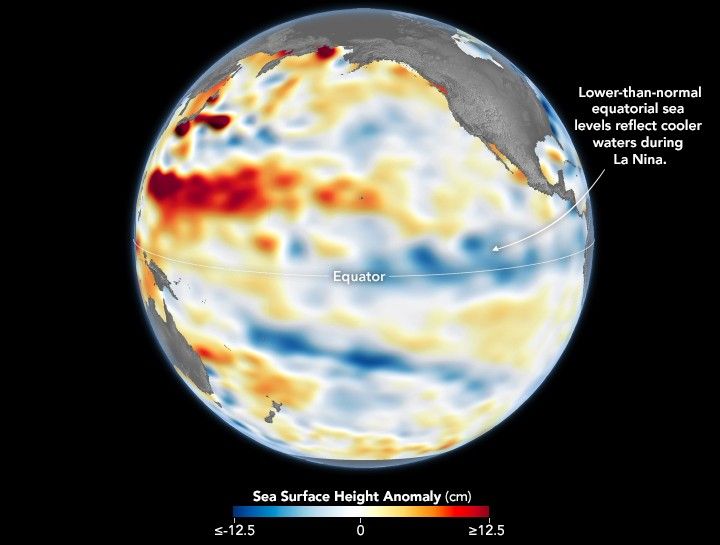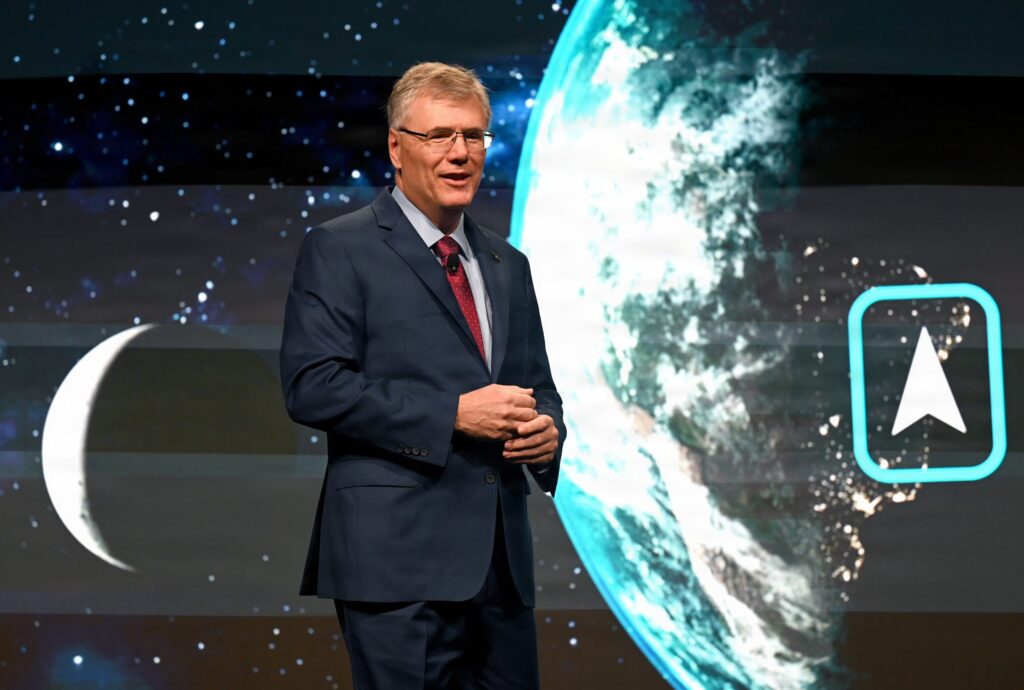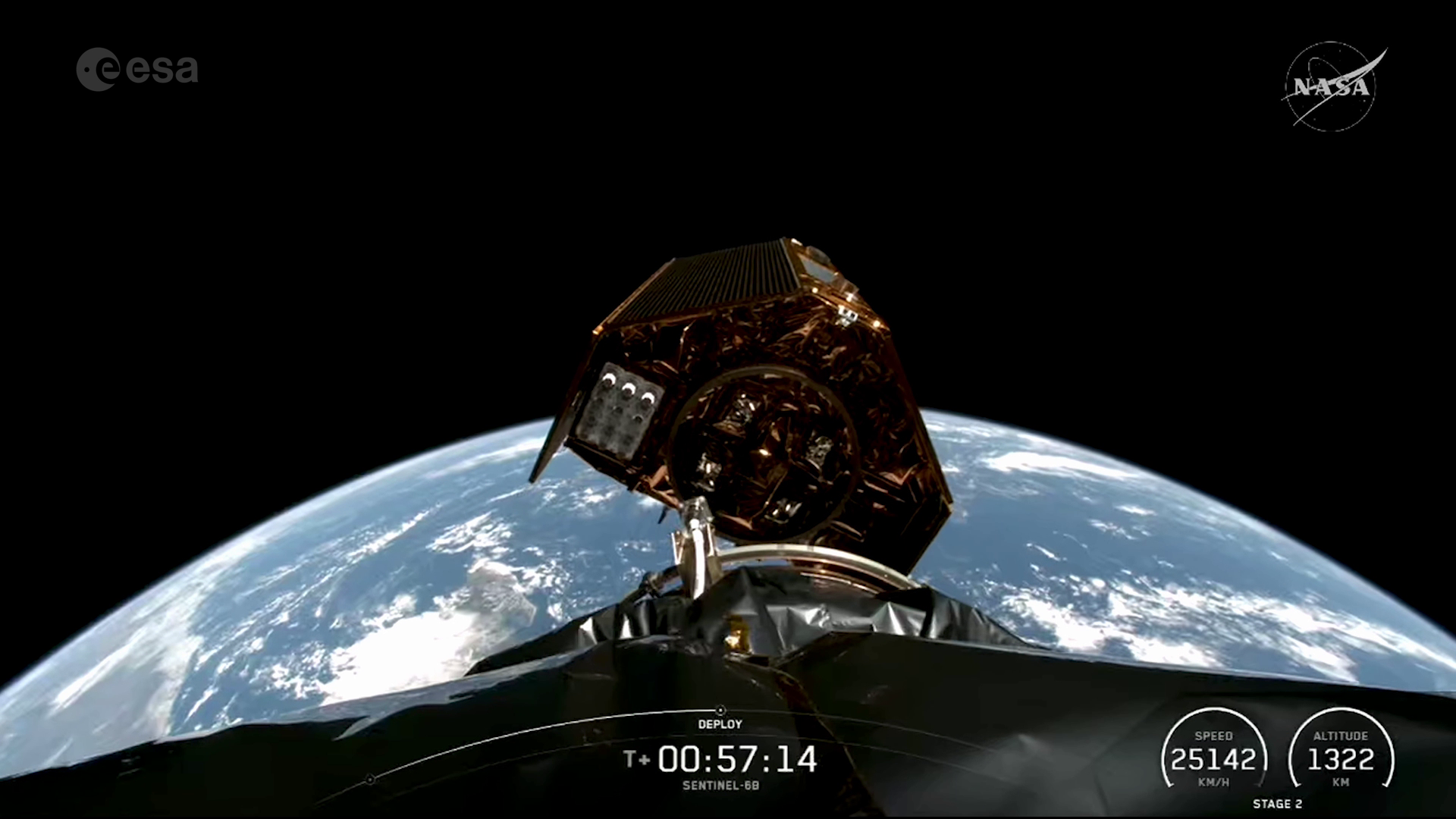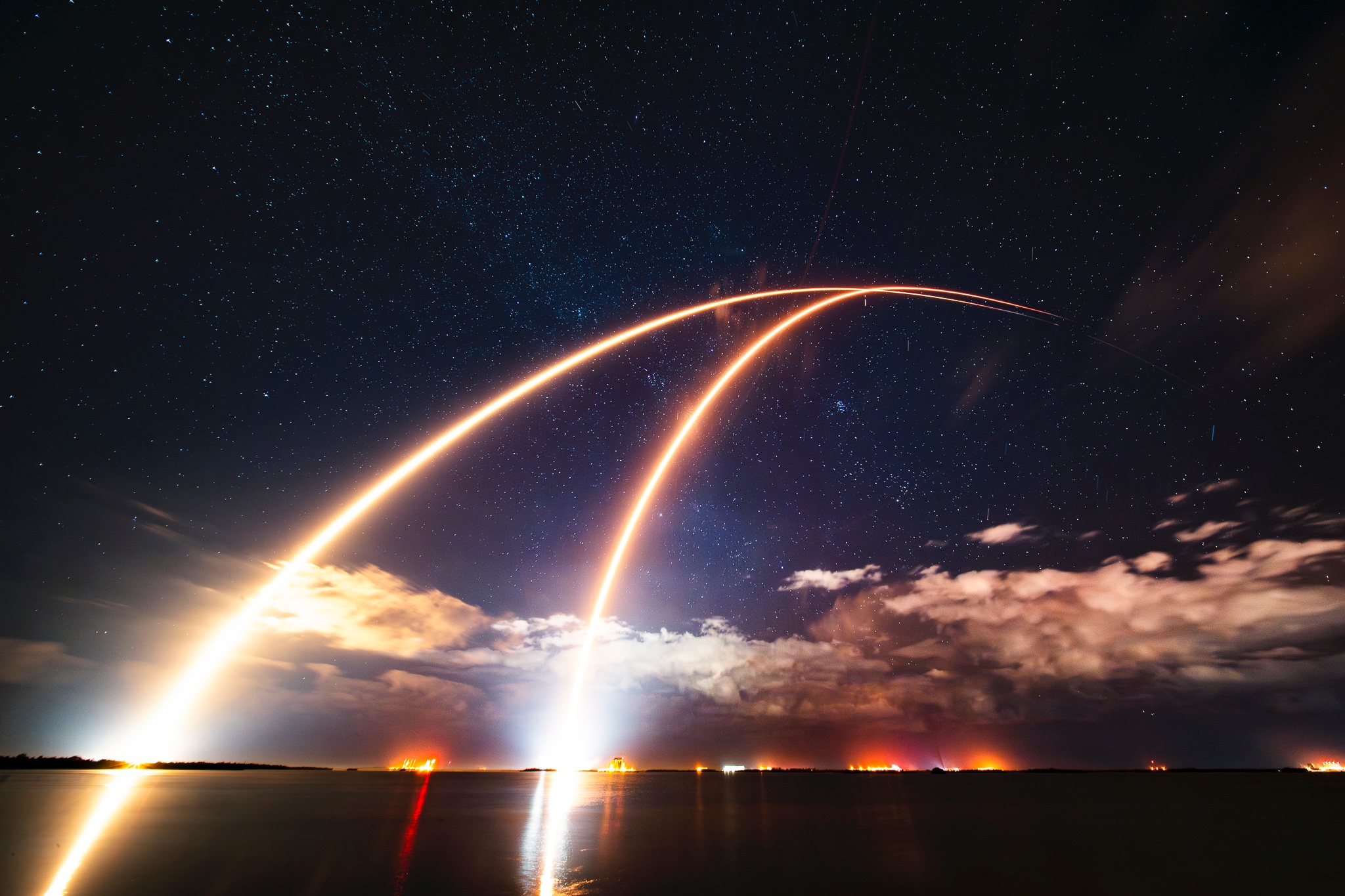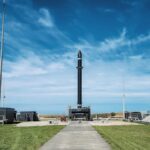Now Reading: Falcon 9 launches Sentinel-6B satellite to monitor global sea level
-
01
Falcon 9 launches Sentinel-6B satellite to monitor global sea level
Falcon 9 launches Sentinel-6B satellite to monitor global sea level


BERLIN — A Falcon 9 launched a joint U.S.-European satellite to monitor sea levels Nov. 17, extending a record of measurements that dates back more than three decades.
The Falcon 9 lifted off from Vandenberg Space Force Base in California at 12:21 a.m. Eastern. The rocket’s upper stage deployed the Sentinel-6B satellite into its intended orbit about 57 minutes later.
Sentinel-6B is part of a joint program involving NASA and Copernicus, the Earth observation system run by the European Space Agency and the European Commission. Also involved are NOAA, Eumetsat and the French space agency CNES. European contributions included the spacecraft and its radar altimeter, while the United States provided a microwave radiometer and the launch.
The spacecraft will ultimately succeed Sentinel-6A, launched almost exactly five years ago on another Falcon 9, in providing global measurements of sea levels. The 1,190-kilogram spacecraft will operate in a 1,336-kilometer orbit at an inclination of 66 degrees.
Sentinel-6B “will ensure the uninterrupted continuation of this monitoring of sea level and will extend an unprecedented and unbroken record of global mean sea level measurements,” Phil Evans, director general of Eumetsat, said at a Nov. 13 ESA briefing.
That record dates to TOPEX-Poseidon, a joint NASA-CNES mission launched in 1992. A series of Jason satellites followed, with the effort later folded into the Copernicus program with Sentinel-6.
That unbroken record is critical for climate monitoring. “Data continuity is essential, in particular for monitoring the long-term trend of sea level rise,” Pier Bargellini, program manager for the Copernicus Space Segment at ESA, said at the briefing. Over more than three decades of satellite monitoring, sea levels have been rising at an average rate of about 3 millimeters per year, although Evans noted the rate is now about 4 millimeters per year.
The sea-level data also has applications for weather forecasting. “Because energy stored in the oceans is fuel for tropical storms and our weather, Sentinel’s measurements improve weather prediction models and, in particular, improve forecasts of hurricane development and intensification,” Karen St. Germain, director of NASA’s Earth science division, said at a separate NASA briefing Nov. 15.
That includes supporting SpaceX booster recoveries. Julianna Scheiman, director of NASA science missions at SpaceX, said Sentinel-6 data feeds into models for both launch and recovery weather conditions. “When combined with real-time data from our droneships, this data paints the best picture of weather conditions to ensure safe droneship transit and recovery operations,” she said at the NASA briefing.
Sentinel-6B will initially operate in the same orbit as Sentinel-6A, also known as Sentinel-6 Michael Freilich, trailing it by about 30 seconds. That will allow the mission to cross-correlate data from the two spacecraft before Sentinel-6B takes over primary global sea-level observations in about a year.
After that, Sentinel-6A will move into a separate orbit interleaved with Sentinel-6B. That will maximize ocean coverage and reduce revisit times, Evans said.
The two satellites are identical, having been built in parallel by Airbus Defence and Space. Sentinel-6B was taken out of storage a year ago for tests and launch preparations, said Pierrik Veuilleumier, ESA Sentinel-6 project manager, at the NASA briefing.
NASA says its contribution to the overall Sentinel-6 program cost about $500 million. ESA estimates Europe’s share at 400 million euros ($465 million).
Plans beyond Sentinel-6B are uncertain. While there had been discussions of a Sentinel-6C, NASA’s fiscal 2026 budget proposal stated the agency would not proceed with its contributions to that spacecraft, one of several Earth science missions proposed for cancellation in the budget.
Congress has yet to pass a NASA appropriations bill for 2026. “We are in very close contact with NASA,” ESA’s Bargellini said. “On their side, they are working proactively to secure the provision of the U.S. instrument for Sentinel-6C. We will know more once the decision on the budget in the U.S. is finalized.”
Stay Informed With the Latest & Most Important News
Previous Post
Next Post
-
 012024 in Review: Highlights from NASA in Silicon Valley
012024 in Review: Highlights from NASA in Silicon Valley -
 02Panasonic Leica Summilux DG 15mm f/1.7 ASPH review
02Panasonic Leica Summilux DG 15mm f/1.7 ASPH review -
 03From Polymerization-Enabled Folding and Assembly to Chemical Evolution: Key Processes for Emergence of Functional Polymers in the Origin of Life
03From Polymerization-Enabled Folding and Assembly to Chemical Evolution: Key Processes for Emergence of Functional Polymers in the Origin of Life -
 04How New NASA, India Earth Satellite NISAR Will See Earth
04How New NASA, India Earth Satellite NISAR Will See Earth -
 05And Thus Begins A New Year For Life On Earth
05And Thus Begins A New Year For Life On Earth -
 06Astronomy Activation Ambassadors: A New Era
06Astronomy Activation Ambassadors: A New Era -
07SpaceX launch surge helps set new global launch record in 2024












